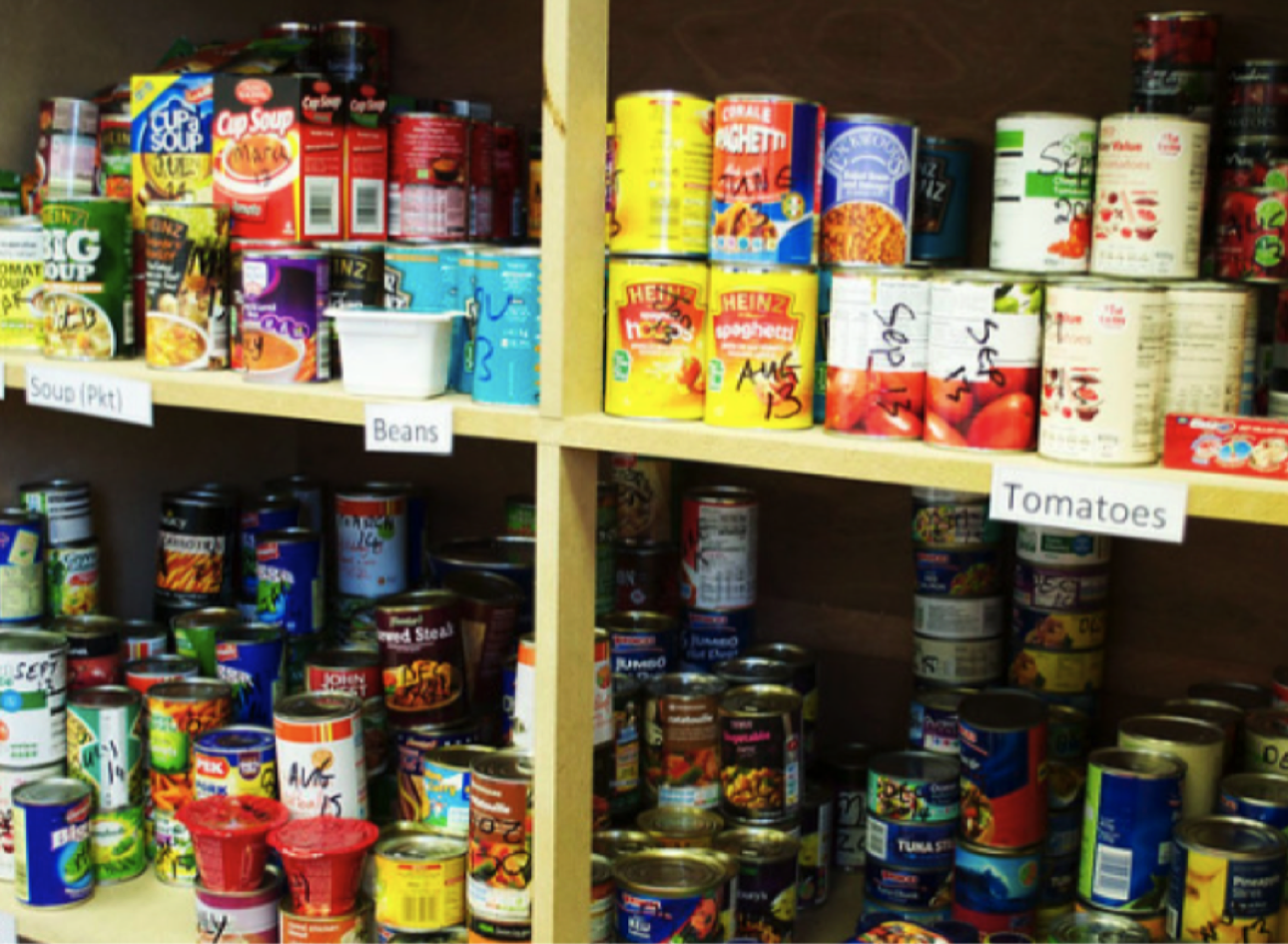The number of food parcels provided by Trussell Trust food banks (which account for about 60% of UK food banks) reached 1.6 million in 2018/19, a 26-fold increase since 2010/11. The cause of this increase has provoked significant political and academic debate. Links with austerity and welfare reform have frequently been mentioned, and, fleetingly at least, accepted as a potential driver of food bank use by some members of government. One area of social security particularly affected by welfare reform is housing, and rates of eviction, homelessness, and other housing problems have increased alongside food bank use.
Housing has historically played an important role in the British welfare state, but in recent years this role has been significantly reduced. The Conservative-led Coalition and Conservative governments since 2010 have considerably reduced the amount of housing benefit a renting household can receive to help meet their housing costs. These cuts have occurred at a time when rents have continued to increase. More recently, the main form of support for owner occupiers, Support for Mortgage Interest, has been switched from a benefit to a loan. This coincides with the capping of benefit income more generally, which disproportionately affects housing benefit, particularly for those living in more expensive areas.
Exploring a recent survey of 598 food bank users at 24 food banks across Britain, our study found that over four-fifths of the sample were experiencing at least one significant housing issue. Over 17% of food bank users surveyed were homeless. This includes people living in temporary accommodation, hostels, couch surfing, and sleeping rough. A further 15% of respondents had experienced homelessness in the past year. Also overrepresented among food bank users relative to the general population were renters. Among the housed population of food bank users, 57% lived in social rented housing and 38% in private rented housing, compared to 18% and 20% of the overall population of Great Britain respectively.
That social renters make up over half of currently housed food bank users (and 42% of the total sample) is perhaps surprising given their lower rents. However, there are three potential explanations for this. First, accessing Trussell Trust food banks is dependent on a referral from local social service agencies. In many places, social housing providers are referral agents; therefore, when someone living in social housing is struggling to afford food, they may have an easier time receiving a referral than someone living in the private sector. Second, many social renters have seen a reduction in their housing benefit due to the ‘bedroom tax’ or removal of the ‘spare room subsidy’, which penalises social renters for ‘under-occupying’ their homes. When introduced, the bedroom tax affected almost 12% of social renters. Third, and perhaps most importantly, the residualisation of social housing in recent decades means only those perceived to be most in need are able to access a socially rented home. As a result, the social rented sector is comprised of a large proportion of very low income households and households that include people who are ill and/or disabled. These characteristics are both risk factors for severe food insecurity, which drives food bank use.
Private rented homes in Britain provide, on average, the most expensive, lowest quality, and least secure housing. Rents in the private rented sector averaged £193 per week in England in 2017-18 compared to £103 in the social rented sector, and have been rising faster than both housing benefit and earnings for some time. It is estimated that housing benefit covers the full rent for just 10% of low-income private renters. These affordability issues likely interact with the lower security in the sector: one in seven private renters in our study thought they would “definitely” be forced to move out of their home in the coming 12 months, compared to one in 24 social renters.
A very small proportion of food bank users surveyed lived in owner occupied homes – just 5% of the (housed) sample, compared to nearly 63% of the general population. However, the owner occupiers in the sample were experiencing a number of housing quality issues, as well as unexpected housing costs such as repairs (costs that renters should be shielded from as they are typically the responsibility of landlords). It is estimated that approximately 15% of people in in the UK live in homes with leaks, damp, or rot. Among our sample of food bank users, 26% of social renters, 39% of private renters, and 55% of owner occupiers were living in homes with at least one of these issues.
The changes to social security linked with food bank use, ostensibly intended to reduce government spending, are likely to have increased costs elsewhere. For example, reductions in housing benefit, alongside the introduction of Universal Credit, have made private landlords, and even some social landlords, less likely to accept benefit recipients as tenants, increasing homelessness and its associated costs. Updating housing benefit so that it once again reflects the actual rents that people have to pay as well as removing the benefit cap would be a good start in improving the situation of many food bank users, making a first step towards policy that allows them to afford both adequate food and housing.
Read the original blog on the Social Policy Blog website here.
